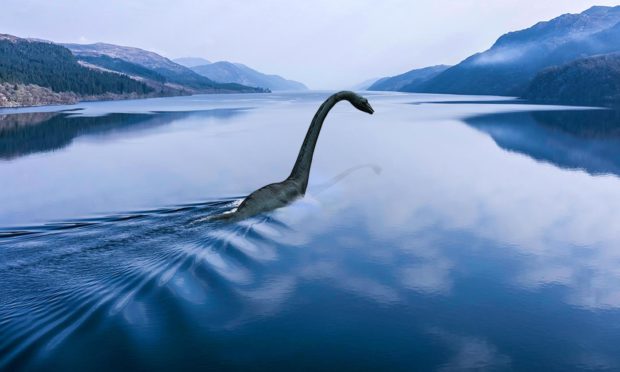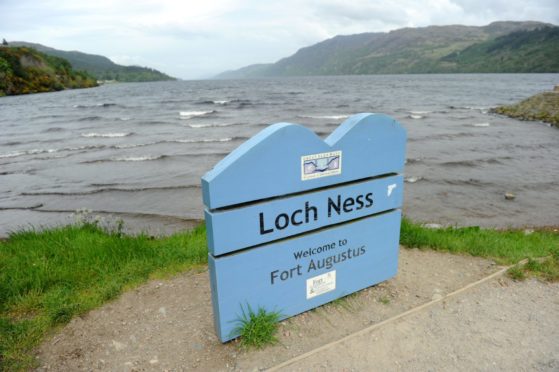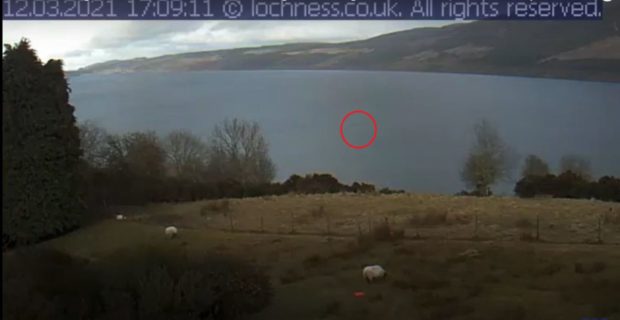Does the latest Loch Ness Monster sighting show she is enjoying some newfound freedom ahead of Scotland’s anticipated move beyond Level 0 of coronavirus restrictions?
A quick glance at the Official Loch Ness Sightings Register suggests that might be the case, as it has now recorded its eighth spotting of the slippery cryptid so far this year.
By comparison, there were a mere six sightings of Nessie recorded at this time last year – putting 2021 well on course to beat 2020’s total of 13.
The most recent report came courtesy of a father and daughter pair who had travelled 374 miles north from Chester to go hillwalking near Fort Augustus on July 19.
Peering down at the loch beneath them at around 3.20pm, they saw something neither of them could ever forget: “unidentified movement”.
The movement was so unidentified that they felt the need to notify the relevant authorities, quickly filling out a form and sending it over to registrar Gary Campbell.
Now their story has been included on this year’s list, directly after a Cambridge man who saw “a hump[…] going against the waves, looking like a turtle’s back, black in colour with a green tinge to it” back on June 2.
A reputable source
The Official Loch Ness Sightings Register has been collecting tales from people who claim to have seen the monster for the past 25 years, although it also provides a definitive list going all the way back to Saint Columba’s famous encounter in 565 AD.
Keen followers of the register may have noticed an inexplicable mild decline in the quality of images over the past year or so, as the Covid pandemic has led to an overreliance on the site’s Loch Ness webcam.
Nessie Hunter: Why I’m still searching for the Loch Ness monster after 30 years
A note on the 2021 page reads: “For reasons outwith the control of the camera operators, the resolution of some of the images from the camera has at times been less than it was previously.
“As such, it has been more difficult to identify what some images submitted are, so while they have been listed here to allow others to decide what they think, this is because they fit with the ‘unexplained’ rule that we work with – however, we do recognise that better resolution of images might have made it easier to identify what folk have seen!”
Careful measures have been put in place to ensure not just any rubbish is mistaken for the latest Loch Ness Monster sighting, though – the website includes a list of things that could fool an untrained eye.
They include eels, seals, otters, swimming deer, long-necked birds, canoes and flies.
If you think you can distinguish those things from a centuries-old plesiosaur, then you can have a go yourself – the Loch Ness webcam can be found here.


